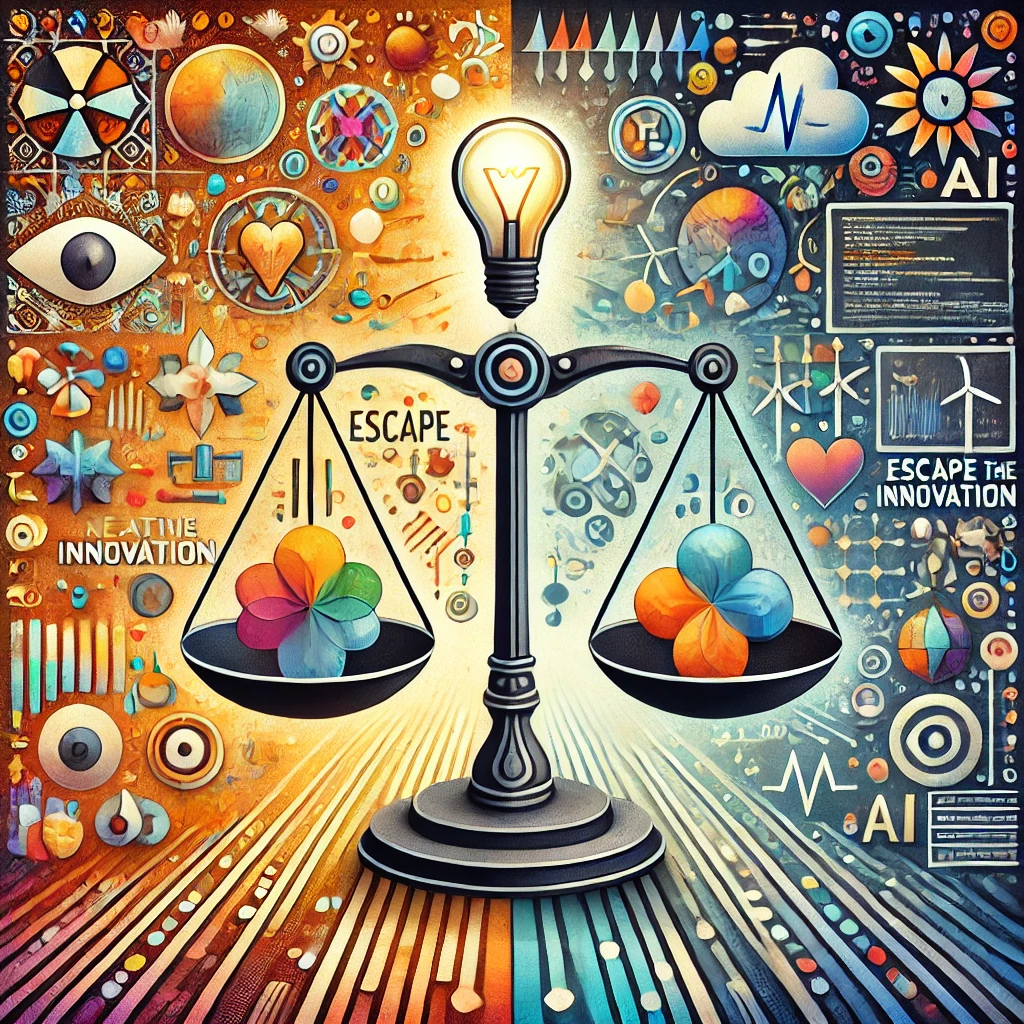Escaping the pseudo-innovation loop: why we need real progress, not just syntactic sugar
In the rapidly evolving world of technology, we often celebrate every new tool, library, or framework as a breakthrough. Headlines scream about the “next big thing” in coding, and developers rush to adopt the latest trend, eager to stay ahead of the curve. But amidst this frenzied pace, an unsettling pattern has emerged: the cycle of pseudo-innovation. These are changes that add flash and novelty but contribute little more than superficial improvements—like syntactic sugar—to existing systems.
What is pseudo-innovation?
Pseudo-innovation refers to the type of technological change that, while marketed as a leap forward, essentially reworks existing ideas without substantial benefits. Think of it as the difference between repainting a room and remodeling an entire house. The former looks fresh but ultimately doesn’t change the structural function, while the latter transforms how the space is used.
Syntactic sugar, a term well-known in the developer community, encapsulates this idea perfectly. These are language features that make code easier to read or write but don’t fundamentally alter its behavior or capabilities. While these can be useful in moderation, when overused, they create a loop where progress appears to happen but, in reality, remains stagnant.

Examples of pseudo-innovation
One of the clearest manifestations of pseudo-innovation can be seen in the world of JavaScript frameworks. Not a year goes by without developers hearing about a new must-try tool that promises to revolutionize web development. For instance, when AngularJS emerged, it introduced a fresh way to build dynamic web applications. Yet soon after, the community saw an avalanche of alternatives like React, Vue, Svelte, and others. Each promised better syntax, a more streamlined approach, or a novel rendering technique, but how much of this is truly innovative?
Sure, React’s introduction of the virtual DOM was a significant technical shift, but the frameworks that followed largely focused on syntactical improvements or minor adjustments to developer experience rather than changing the capabilities of web applications themselves. The constant cycle of new libraries forces developers to spend more time learning the latest trends than creating substantive projects.
Table: Examples of pseudo-innovation in web development
| Innovation Cycle | Examples of Syntactic Sugar | Resulting Effect |
|---|---|---|
| JavaScript frameworks | Hooks in React, Composition API in Vue | Makes code more readable, but doesn’t fundamentally change application capability |
| CSS advancements | New syntaxes like @container queries |
Easier, but doesn’t revolutionize layout design |
| Language updates | Null coalescing in JavaScript (?? operator) |
Improves clarity but is not game-changing |
The hidden cost of pseudo-innovation
The danger of pseudo-innovation is not just wasted time but a shift in focus. Developers become locked in a cycle of “learn, adapt, repeat,” prioritizing mastery over a new tool rather than addressing more meaningful challenges. When all efforts go toward following trends, less attention is given to tech that can solve real-world issues like climate change, educational inequality, or healthcare inefficiencies.
The obsession with being on the bleeding edge often stifles deep, long-term thinking. Why invest in groundbreaking environmental technologies when it’s easier to iterate on yet another JavaScript library? Why look for ways to develop inclusive educational platforms when most developers are busy debating over whether TypeScript is better than JavaScript?
What real innovation looks like
True innovation changes the rules of the game. It’s not just about improving aesthetics or making something slightly easier to write. Instead, it’s about addressing fundamental problems and creating value that goes beyond a better developer experience.
Examples of real innovation in action
Healthcare solutions: Real innovation can be found in AI tools that analyze medical scans to detect diseases like cancer early. This doesn’t just help specialists be more efficient—it saves lives.
Environmental tech: Breakthroughs in renewable energy, like more efficient solar panels or advancements in energy storage, represent genuine progress that impacts our global carbon footprint.
Education technology: Platforms like Khan Academy and Coursera have democratized learning, making education more accessible worldwide. Tools that leverage AI to provide personalized learning experiences have moved the needle in how education is perceived and accessed.
Comparison table: Real innovation vs. pseudo-innovation
| Criteria | Pseudo-innovation | Real innovation |
|---|---|---|
| Scope | Cosmetic or syntactic changes | Fundamental shifts or new capabilities |
| Impact | Limited to developer productivity | Broad societal and industry impact |
| Sustainability | Often results in churn | Long-lasting, deeply rooted progress |
| Example | A new framework with different syntax | AI-powered diagnostic tools in healthcare |
Avoiding the pseudo-innovation loop
Breaking free from the cycle of pseudo-innovation requires a change in perspective:
- Focus on value, not novelty: The allure of shiny new tools is strong, but it’s crucial to ask, “What value does this add?” before investing time and resources.
- Invest in long-term learning: Instead of cycling through the latest framework, developers can benefit more from mastering core concepts that transcend individual technologies—data structures, algorithms, and architectural patterns.
- Encourage value-driven projects: As a tech community, we should celebrate innovations that have tangible benefits. Projects that improve efficiency, inclusivity, or sustainability deserve more spotlight than those that simply repackage old ideas with a modern twist.
Conclusion
In an industry obsessed with being “cutting edge,” it’s all too easy to confuse movement with progress. Syntactic sugar and pseudo-innovation may look appealing, but they often trap developers and companies in a loop where true impact is overlooked. By shifting our focus to meaningful, value-driven progress, we can ensure that our collective tech efforts go beyond incremental changes and contribute to solutions that matter. The future of technology shouldn’t just be easier to write—it should be transformative.